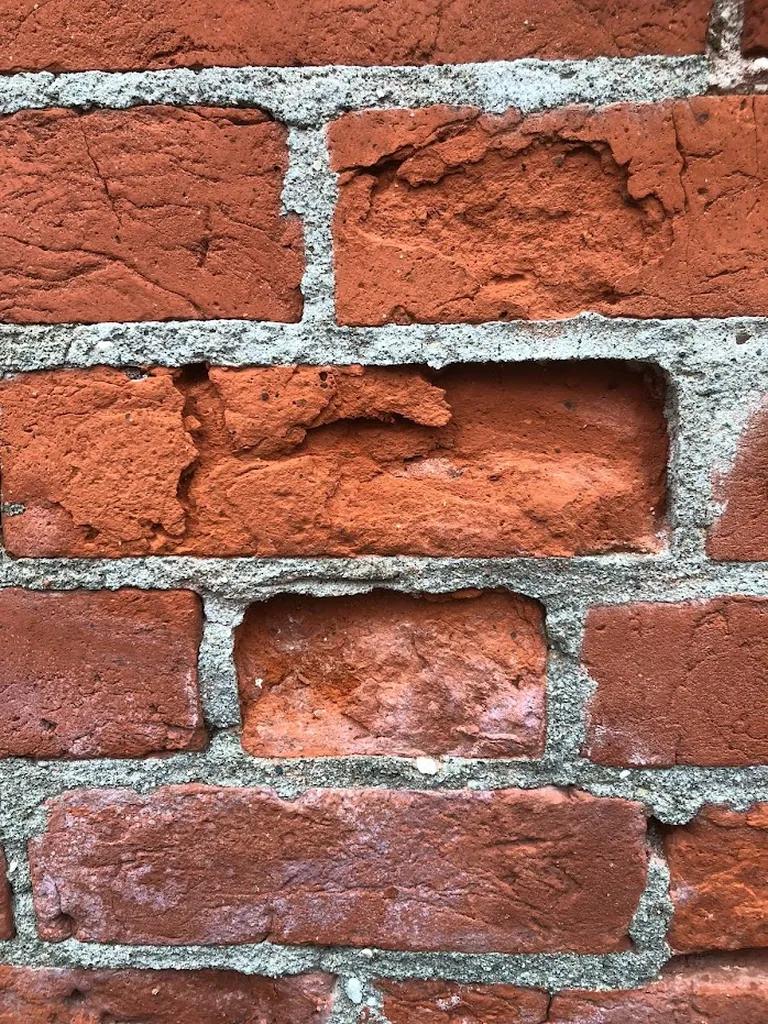Bulging brick walls can be a common issue in older buildings, causing structural concerns and aesthetic damage. In this article, we will explore expert advice on repairing bulging brick walls. From identifying the underlying causes to implementing effective solutions, our comprehensive guide will provide valuable insights for property owners facing this challenging issue. Whether you are a homeowner or a professional in the construction industry, this article offers practical tips and best practices for restoring stability and integrity to bulging brick walls.
Table of Contents
- Identifying the Cause of Bulging Brick Walls
- Key Steps in Repairing Bulging Brick Walls
- Professional Recommendations for Preventing Future Damage
- Tools and Materials Needed for Brick Wall Repair
- Q&A
- Insights and Conclusions

Identifying the Cause of Bulging Brick Walls
is crucial in order to effectively repair and prevent further damage to your property. In most cases, bulging brick walls are a result of structural issues that need to be addressed promptly. One common cause of bulging brick walls is water damage, which can weaken the mortar holding the bricks together. This can lead to instability and eventually cause the bricks to bulge outward.
Another possible cause of bulging brick walls is foundation problems. If the foundation of your building is not properly constructed or if the soil around it is unstable, it can put pressure on the brick walls and cause them to bulge. It is important to consult with a structural engineer to determine the exact cause of the bulging and develop a plan for repairing and reinforcing the walls.

Key Steps in Repairing Bulging Brick Walls
When it comes to repairing bulging brick walls, there are a few key steps that need to be followed to ensure a successful and lasting repair. First and foremost, it is crucial to assess the extent of the damage and identify the root cause of the bulging. This will help determine the appropriate repair method to be used.
Once the cause of the bulging has been identified, the next step is to carefully remove any damaged bricks and replace them with new ones. It is important to use bricks that match the existing ones in size, shape, and color to maintain the overall aesthetic of the wall. Additionally, reinforcing the wall with steel ties or anchors can help prevent future bulging.

Professional Recommendations for Preventing Future Damage
When it comes to repairing bulging brick walls, it is important to take proactive measures to prevent future damage. Here are some professional recommendations to help ensure the structural integrity of your building:
- Inspect Regularly: Conduct routine inspections of your brick walls to catch any signs of bulging or cracking early on.
- Address Water Issues: Make sure that your walls are properly sealed and that there are no water leaks that could weaken the brickwork.
- Reinforce Weak Spots: Hire a professional mason to reinforce any weak spots in the brickwork to prevent bulging.
By following these recommendations and taking proactive steps to maintain your brick walls, you can help prevent future damage and ensure the longevity of your building’s structure.

Tools and Materials Needed for Brick Wall Repair
When it comes to repairing bulging brick walls, having the right tools and materials is crucial for a successful restoration project. Here is a list of essential items you will need:
- Hammer and chisel: For removing damaged bricks and mortar.
- Masonry trowel: To apply new mortar and replace bricks.
- Masonry brush: For cleaning debris and dust from the repair area.
- Mortar mix: To create a strong bond between bricks.
In addition to these basic tools, you may also need a brick jointer to finish the mortar joints, level to ensure the wall is straight, and protective gear such as gloves and goggles for safety. By using the right tools and materials, you can effectively repair a bulging brick wall and restore its structural integrity.
Q&A
Q: What causes brick walls to bulge?
A: Brick walls can bulge due to a variety of reasons, including moisture infiltration, foundation settling, thermal expansion, and poor construction practices.
Q: How can I tell if my brick wall is bulging?
A: Signs of a bulging brick wall can include cracked mortar joints, horizontal cracks in the bricks, and visible bowing or leaning of the wall.
Q: Can I repair a bulging brick wall on my own?
A: While some minor repairs can be done by homeowners, it is recommended to hire a professional mason to assess the extent of the damage and recommend the best course of action.
Q: What are some common methods used to repair bulging brick walls?
A: Some common methods used to repair bulging brick walls include installing helical wall ties, rebuilding sections of the wall, and applying carbon fiber reinforcement.
Q: How can I prevent my brick wall from bulging in the future?
A: To prevent bulging brick walls in the future, it is important to address any underlying issues such as drainage problems, foundation issues, and poor construction practices. Regular maintenance and inspections can also help prevent future bulging.
Insights and Conclusions
In conclusion, repairing bulging brick walls requires careful assessment and expert guidance to ensure a successful and lasting solution. By following the advice provided in this article, homeowners can address this common issue effectively and safeguard the integrity of their property. Remember, when in doubt, always consult a professional mason or structural engineer for personalized assistance. Thank you for reading and good luck with your brick wall repairs.


